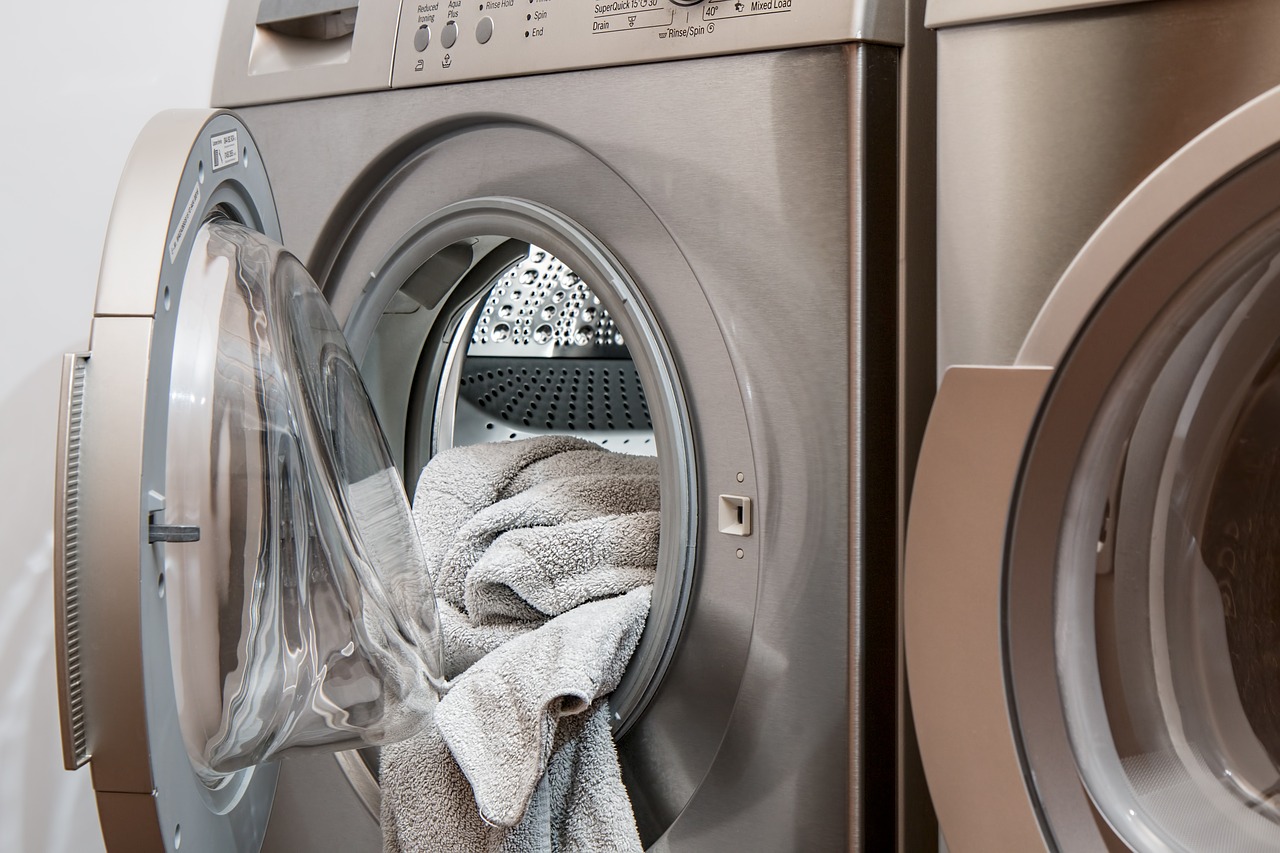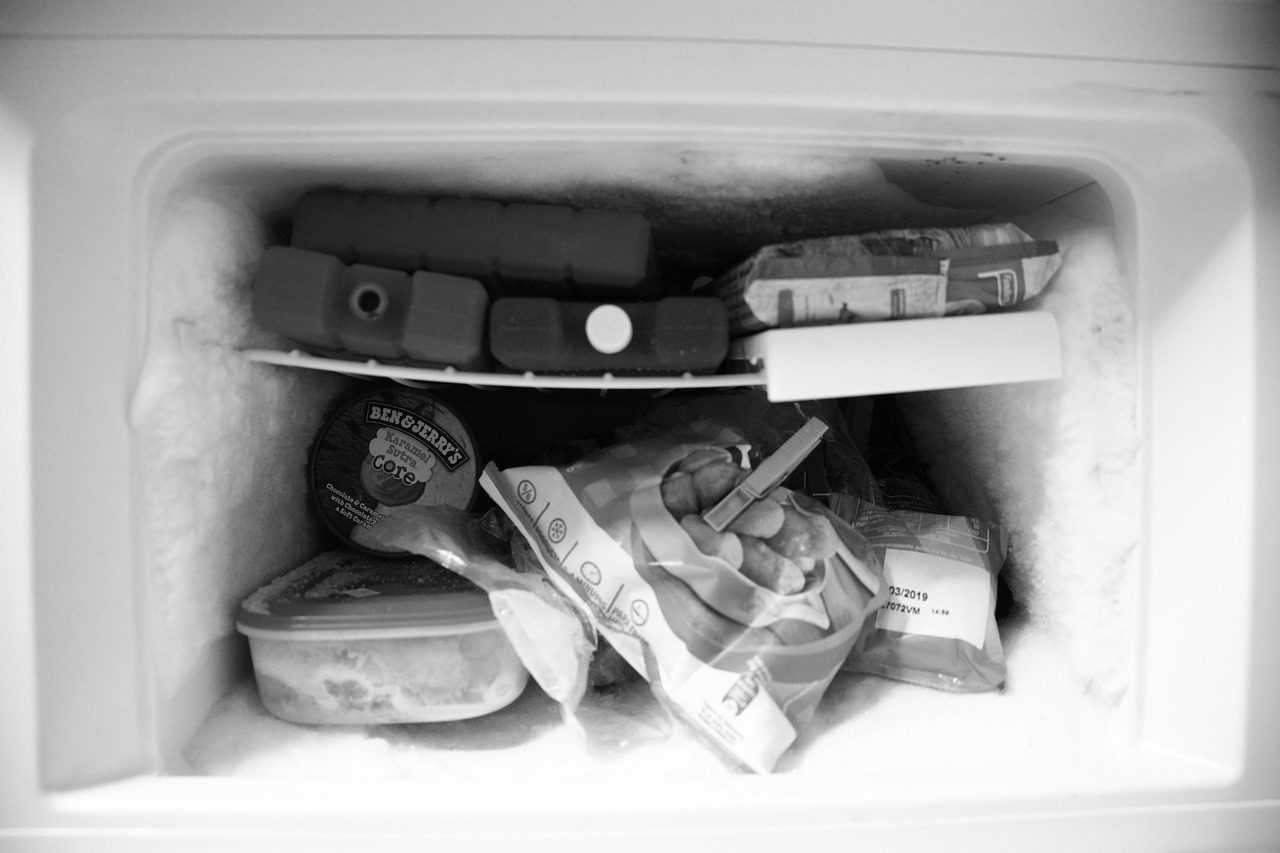How to Drain Your Washer and Defrost Your Fridge When Moving
Appliances are notoriously difficult to move due to their weight and delicate mechanical composition. Certain appliances, like your washing machine and refrigerator, require special preparations before being moved.
Draining Your Washing Machine
Before you move your washing machine, you need to drain the water out of it to prevent water damages and messes.
- Turn off the water valves that feed water into your washer. Both hot and cold valves should be turned off.
- Set your washing machine to begin a warm wash cycle. Once all the water has been drained into the washing tub, turn your washer onto its spin cycle. This will cause the washer to expel the water in the washing tub through the drain hose. After this, turn your washer off.
- Grab a bucket or a bunch of rags. Unplug your washer from the wall and round up the cord so that you can tape it to the back of the washer.
- Disconnect the drain hose, catching leaking water in the bucket or with rags. Store the hose inside of the washing bin or attach it to the back of the washer using tape.
- Disconnect the water hoses, catching any remaining water with the bucket or rags. Once the water hoses are disconnected, store them inside of the washing bin with the drain hose or attach them to the back of the washer with tape as well.
- Your washer should now be completely drained. Use tape to secure the lid or door to your washing machine to ensure it remains closed during the moving process.

Defrosting Your Refrigerator
You can’t move your refrigerator while it’s dirty, full of food, and contains a freezer full of frost. Your fridge must be defrosted first.
- Unplug your refrigerator unit from the wall. Place towels under your fridge to absorb any water that may drip or leak from the unit. Remove all items from your freezer to allow it to defrost more efficiently.
- The freezer will take several hours to defrost fully, so you should spend this time properly cleaning out your refrigerator while you wait.
- Remove all food products. Remove all shelves and drawers from inside of your refrigerator. Clean these shelves and drawers with warm water and mild soap. Dry them off with a towel. Store them away safely.
- With the refrigerator empty, begin a more thorough cleaning process. Using a cloth and mild cleaner, give the inside of your refrigerator a deep scrubbing. Be sure to wash the little ledges where the shelves once sat. Remember to wash the bottom of the fridge where spills and debris usually fall and gather.
- Once the inside of your fridge is washed, dry it with a clean cloth.
- Once your freezer has fully defrosted, clean out the excess water. After the water has been cleaned out, use a cloth with warm water and mild soap to give the freezer and the freezer door a thorough washing. Use a dry cloth to absorb water remnants from the cleaning.
- Leave both your refrigerator and freezer doors open all night before the move so that hidden pockets of moisture can properly evaporate. This prevents the growth of mold and mildew.
- Clean the evaporator pan before closing the refrigerator and freezer doors, securing them, and loading the fridge onto an appliance dolly.
